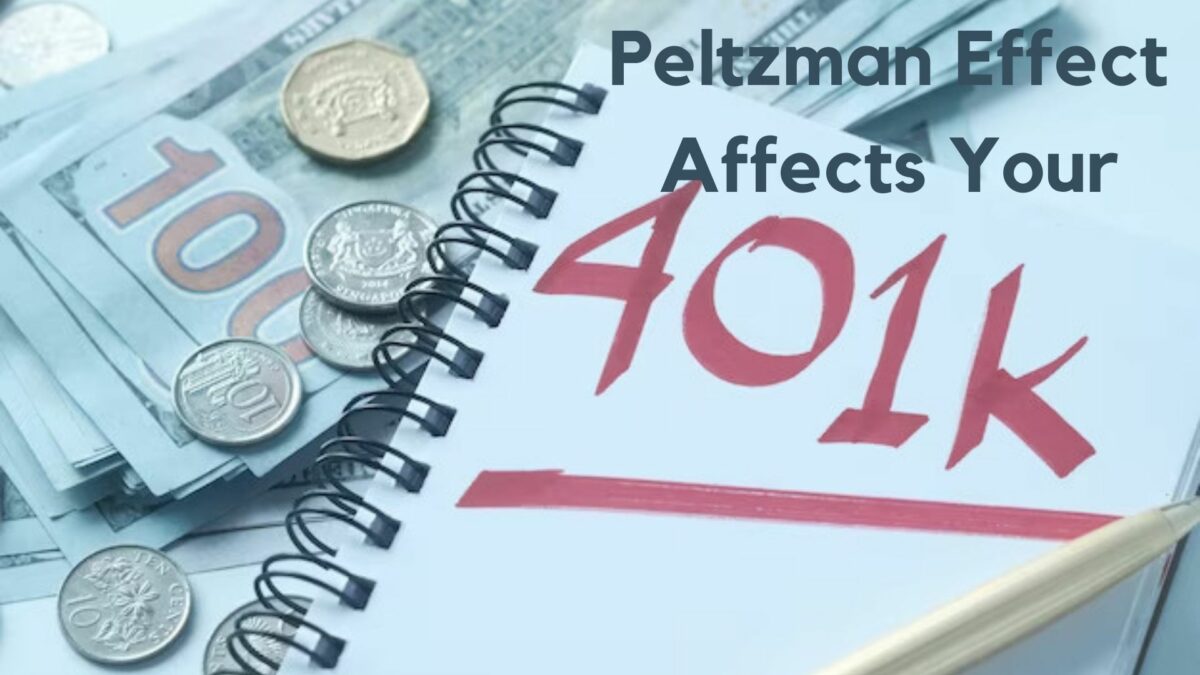“There’s nothing safe about safety pins.”
–Donatella Versace

Have you ever been on a highway and been passed by a motorcyclist who’s wearing his helmet, gloves, full leather riding gear…
…and going 120 miles per hour zipping in and out of traffic?
When, five miles up the road, said motorcyclist becomes a smudge in the road, there will be incredulous onlookers who can’t believe he turned into a smudge because
He was wearing his safety equipment!
In 1961, Wisconsin became the first state requiring cars to have seat belts in the front seat. In 1968, all vehicles were required by federal law to have seat belts in all of the seats.
We had seat belts! We were safe!
In 1975, Dr. Samuel Peltzman from the University of Chicago published a study showing that safety regulations like the seat belt laws were having a perverse effect. Named the Peltzman effect after its author, our behaviors become more risky when there are safety measures in place. We drive more recklessly and get into more wrecks, even though we survive more of them because of the safety measures in place. We get into more bicycle accidents when we wear helmets. We use childproof safety caps and then leave them unscrewed so that the bottles are easier to get into.
What happens is that we tend to overestimate the positive effects of safety regulations. As we saw in the article “Monkey Brain Confuses Rates and Raw Numbers,” our limbic systems aren’t designed to deal with low or high percentage possibilities. So, instead of thinking, for example, that seat belts will reduce injuries in 75% of accidents (I’m making that number up, so don’t quote me), Monkey Brain immediately and incorrectly jumps to the conclusion that seat belts will reduce injuries in all accidents and tells you it’s OK to drive like a maniac.
Where Does Your 401k Have Unsafe Seat Belts?

As we saw in the article “The Four Biggest Mistakes You’re Making With Your 401k,” if you’re like most Americans, you’re not contributing, contributing less than the employer match, or contributing exactly the amount that your employer matches your 401k contributions.
Rather than think holistically about retirement and what you need to do to get there, it’s easier for Monkey Brain, what I call your limbic system, to get anchored to the employer match and contribute that amount.
That action in itself might not be fatal for your retirement if you saved money in your IRAs, started a side gig, etc. You could be taking other actions to improve your chances of retirement where you don’t have to become a cat food connoisseur or dive in dumpsters.
However, that employer match becomes doubly damning for your retirement because of the Peltzman Effect.
What most people don’t realize is that the 3% match of contributions or 50% match up to 6% of contributions is put in place for ease of bookkeeping on the employer’s end. In order to qualify for a safe harbor 401k, which means less paperwork and the ability for their highly compensated employees (HCEs) to contribute more to their 401k, the employer must, among other things, offer a minimum match of employee contributions. That match number? 100% of the first 3% or 50% of the first 6% of contributions.
Instead, it’s easy to think that 3% or 6% is the amount you need to be saving for your retirement because, after all, that’s what the employer match covers.
It’s not. As we saw in “Is SAFEMIN Safe Enough?”, the historically minimum amount you need to save for 30 years in order to have enough money to last for 30 years of retirement is 16.62%.
Even if you have a 6% contribution and a 50% match, that means you’re 7.62% short.
Furthermore, the Peltzman Effect can cause other snafus in your retirement savings.
Because Monkey Brain loves mental accounting, where he creates separate buckets for your money, he’ll assume that the money in your 401k is safe, which means that you can swing for the fences with the rest of your money and go after those high-risk investments in pork snout futures that he heard about from the bus driver’s cousin’s next door neighbor while you were riding the bus on your morning commute the other day. High risk, no reward.
I’m fine if you want to take shots with your investments. If you’re going to do it, though, stick to my 5% rule. Don’t let the Peltzman Effect convince you that you can go hog wild (like it? Pork snout futures…hog wild? Never mind) with the rest of your money, placing it on red 35 on the roulette table.
Otherwise, you may be testing out those seat belts in your 80s as you’re still driving into work.
How else have you created a false sense of security in your life? Is the 401k the only place where you invest? What are you going to do to change? Let’s talk about it in the comments below!
Author Profile
- John Davis is a nationally recognized expert on credit reporting, credit scoring, and identity theft. He has written four books about his expertise in the field and has been featured extensively in numerous media outlets such as The Wall Street Journal, The Washington Post, CNN, CBS News, CNBC, Fox Business, and many more. With over 20 years of experience helping consumers understand their credit and identity protection rights, John is passionate about empowering people to take control of their finances. He works with financial institutions to develop consumer-friendly policies that promote financial literacy and responsible borrowing habits.
Latest entries
 Low Income GrantsSeptember 25, 2023How to Get a Free Government Phone: A Step-by-Step Guide
Low Income GrantsSeptember 25, 2023How to Get a Free Government Phone: A Step-by-Step Guide Low Income GrantsSeptember 25, 2023Dental Charities That Help With Dental Costs
Low Income GrantsSeptember 25, 2023Dental Charities That Help With Dental Costs Low Income GrantsSeptember 25, 2023Low-Cost Hearing Aids for Seniors: A Comprehensive Guide
Low Income GrantsSeptember 25, 2023Low-Cost Hearing Aids for Seniors: A Comprehensive Guide Low Income GrantsSeptember 25, 2023Second Chance Apartments that Accept Evictions: A Comprehensive Guide
Low Income GrantsSeptember 25, 2023Second Chance Apartments that Accept Evictions: A Comprehensive Guide

